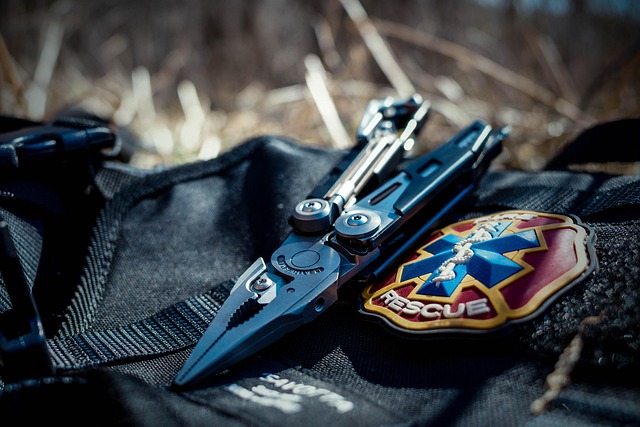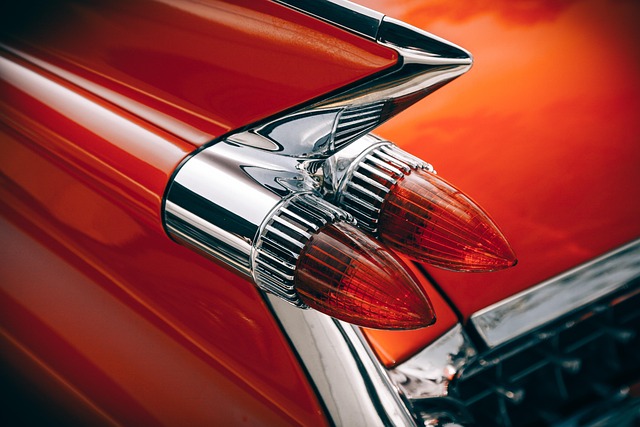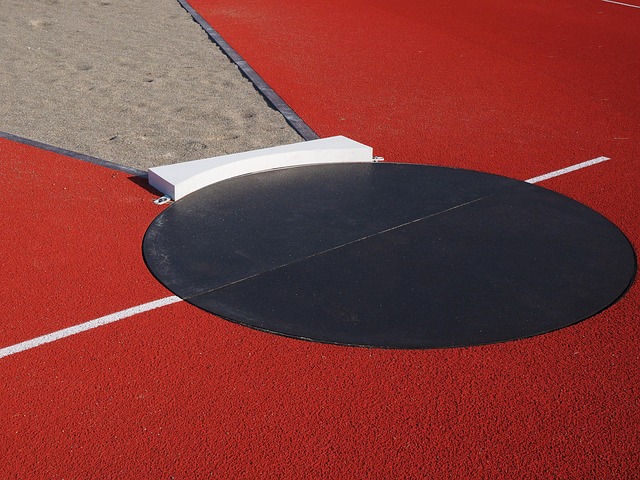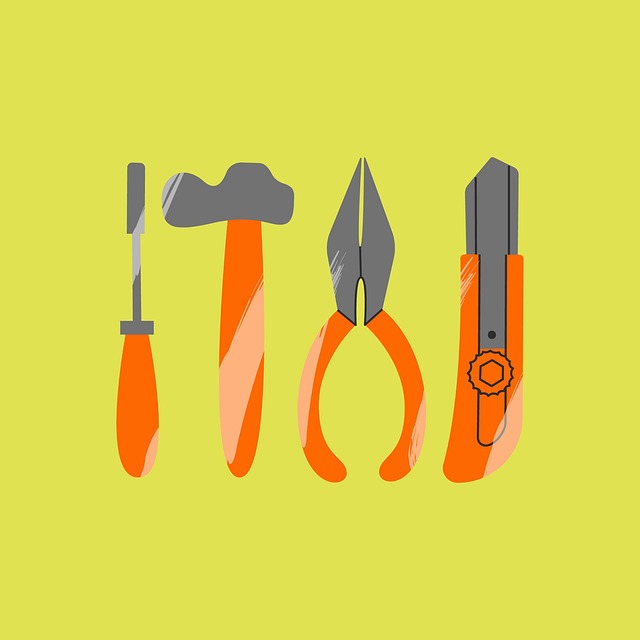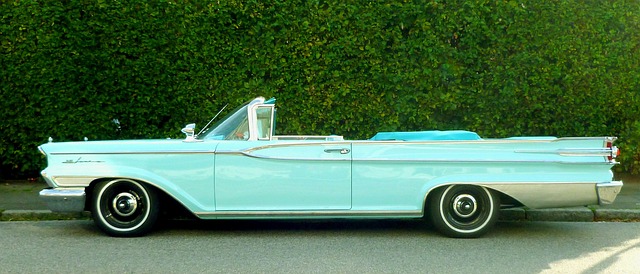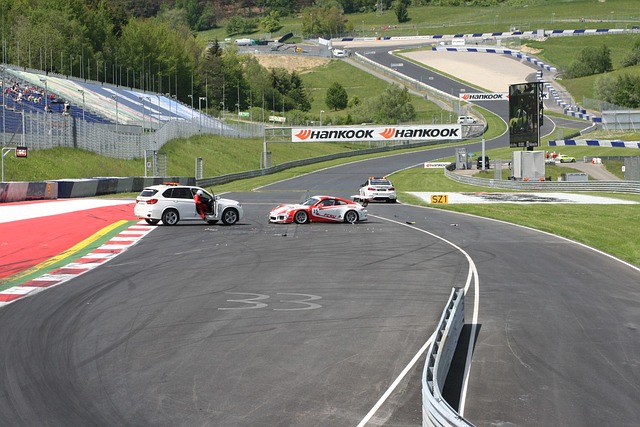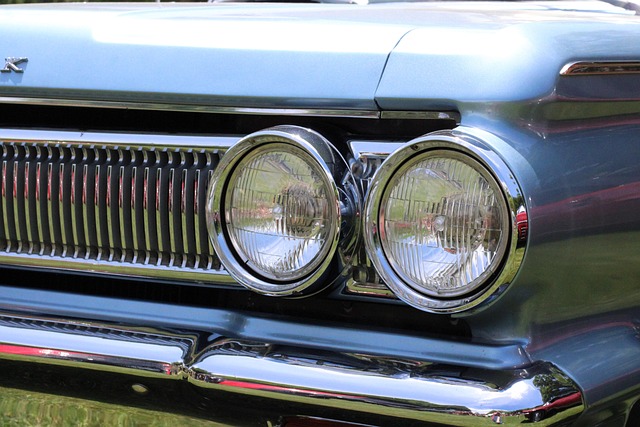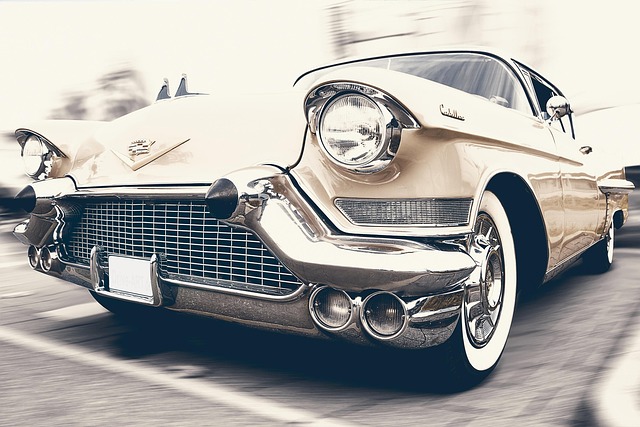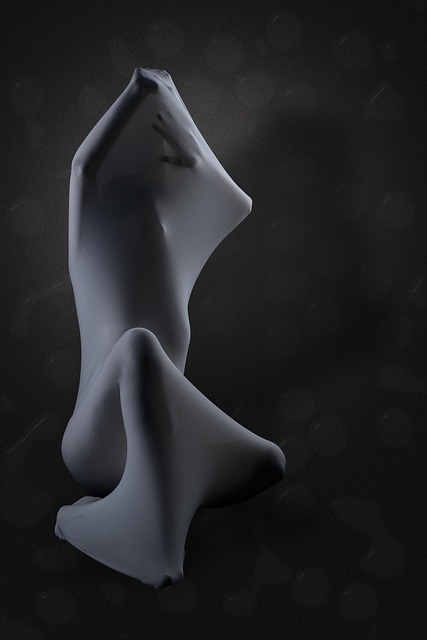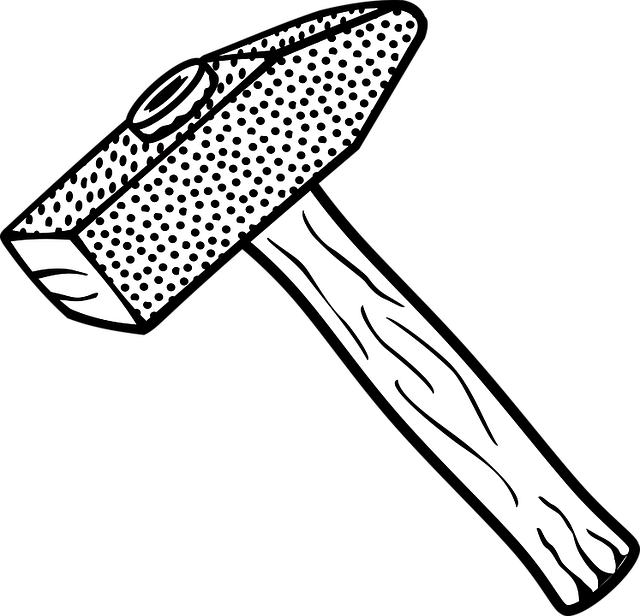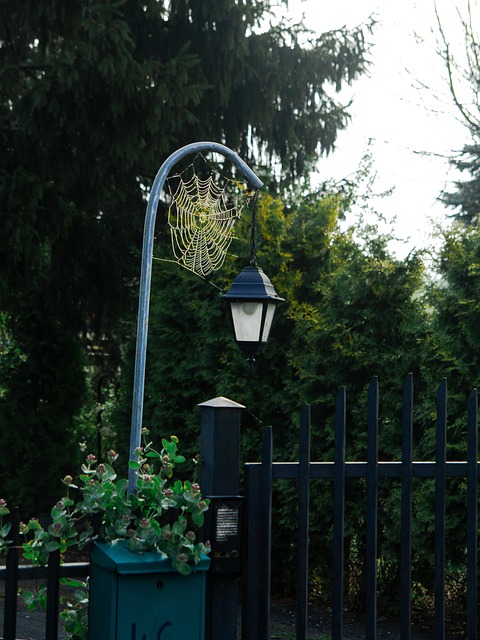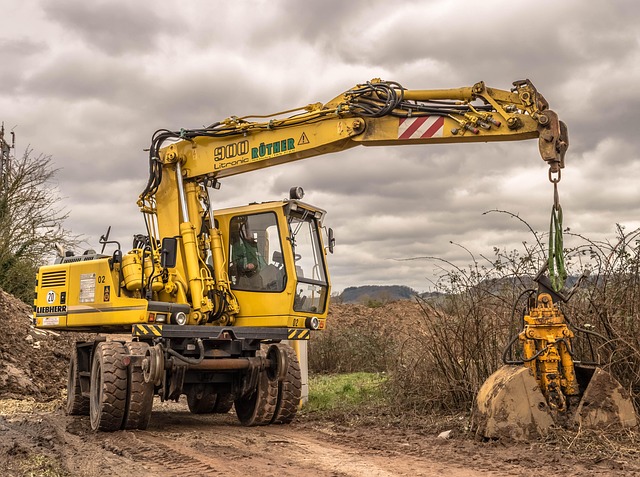Custom color matching, a blend of science and art, is crucial for vehicle body shops to achieve flawless paint jobs. Technicians need comprehensive training in color theory, weather impacts, and advanced tools like spectrometers and software. Staying competitive requires continuous learning, adapting to trends, and mastering techniques for Mercedes Benz repairs and more. This ensures long-term value, aesthetic beauty, and maintaining a reputation for excellence in auto maintenance services.
In the realm of skilled craftsmanship, custom color matching technicians play a vital role in enhancing industries from fashion to automotive. This article delves into the essential training requirements needed to master the art and science of custom color matching. From understanding color theory and mixing techniques to staying abreast of industry trends, we explore the key components that foster proficiency. By examining these training elements, professionals can ensure they are equipped to deliver precise, vibrant results in today’s competitive market.
- Understanding Custom Color Matching: The Art and Science
- Essential Training Components for Proficiency
- Continuous Learning and Industry Trends
Understanding Custom Color Matching: The Art and Science

Custom color matching is a precise blend of art and science. It involves understanding not just pigments and formulations, but also the intricate interplay of light and color perception. In a vehicle body shop or car body restoration setting, this skill transforms a simple paint job into a perfect replication of the original shade, ensuring every curve and contour matches seamlessly.
The process demands a technician to possess both technical expertise and an artistic eye. They must be adept at using advanced tools and technology to analyze and match colors precisely. This includes knowledge of color theory, understanding how different factors like weather conditions, lighting, and age can affect color, as well as the ability to adjust formulations accordingly. In the realm of auto painting, custom color matching is not just about achieving aesthetics; it’s a crucial step in ensuring the longevity and value of restored vehicles.
Essential Training Components for Proficiency

To become proficient in custom color matching, technicians must undergo comprehensive training that covers several essential components. Firstly, a deep understanding of color theory is fundamental. This includes learning about different color models, hue, saturation, and value adjustments, as well as how colors interact with each other. Technicians should also be trained in the latest technology and tools used for precise color measurement and matching, such as spectrometers and advanced paint analysis software.
Hands-on practice is another critical aspect of training. Technicians should be given ample opportunity to work on various car body shop projects, including repairs like a Mercedes Benz repair or any other vehicle with complex paint jobs. This practical experience allows them to apply color theory in real-world scenarios, ensuring they can accurately match colors for different car paint repair tasks.
Continuous Learning and Industry Trends

In the dynamic world of custom color matching, staying at the forefront of industry trends is non-negotiable for technicians. The automotive body shop landscape is constantly evolving, with advancements in materials and finishes demanding a high level of skill and adaptability from professionals. Keeping abreast of these changes ensures that technicians can deliver precise, state-of-the-art custom color matching services. Continuous learning opportunities are abundant, ranging from workshops focused on the latest frame straightening techniques to webinars exploring innovative auto maintenance practices. These educational avenues not only enhance technical proficiency but also contribute to maintaining a competitive edge in the market.
Industry insiders recognize that the ability to adapt to changing trends is a defining characteristic of successful custom color matching technicians. Staying informed about new color formulas, application methods, and industry standards ensures that these professionals can meet evolving customer demands. This commitment to lifelong learning positions them as valuable assets within automotive body shops, contributing to their reputation for excellence in both frame straightening and auto maintenance services.
In conclusion, mastering custom color matching requires a blend of artistic understanding and scientific knowledge. To become proficient technicians, individuals must undergo comprehensive training that covers color theory, material science, and practical application. Continuous learning ensures staying abreast of industry trends and new technologies, enhancing their ability to deliver precise and unique color matches for diverse applications. Investing in tailored education is key to excelling in this specialized field of custom color matching.

